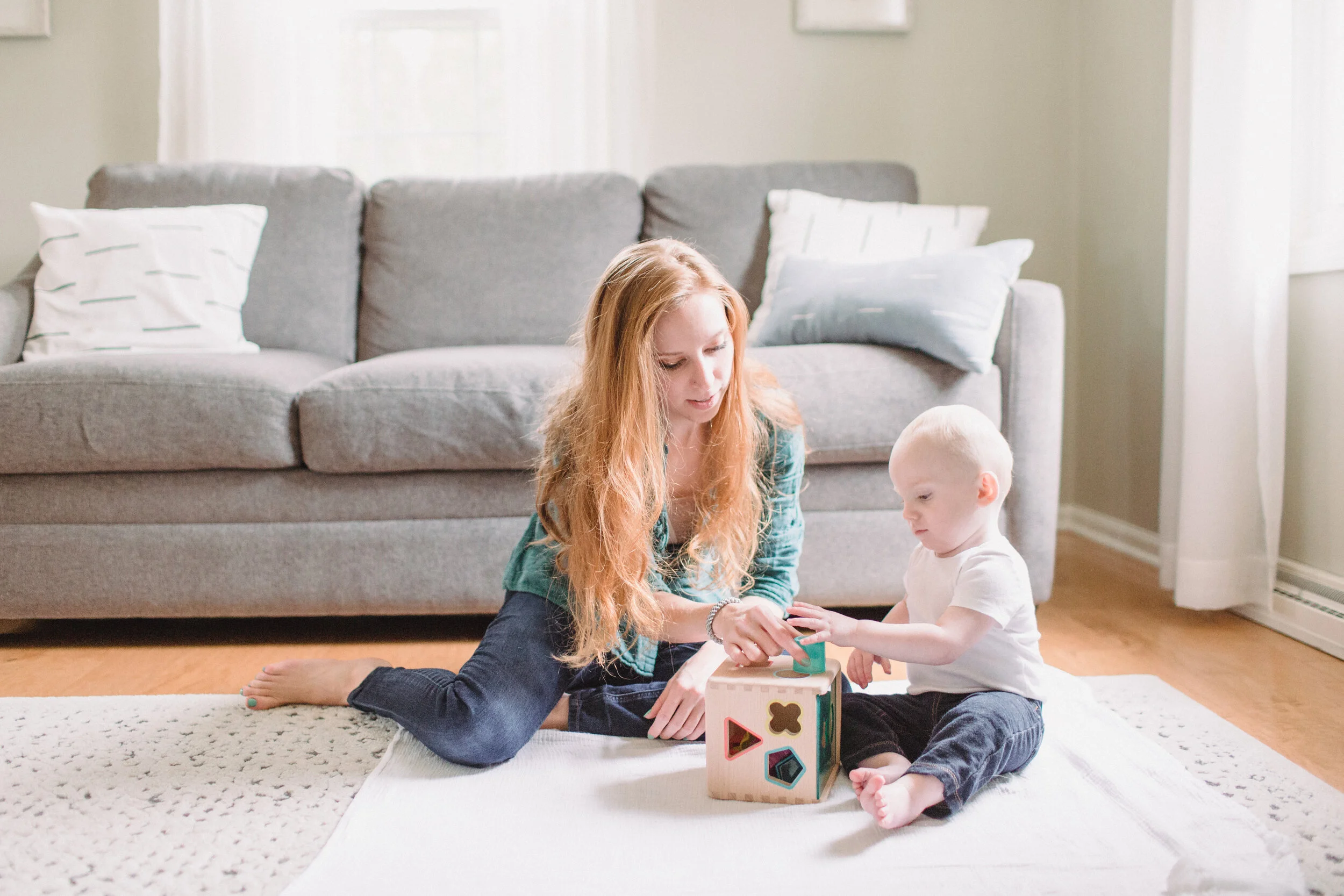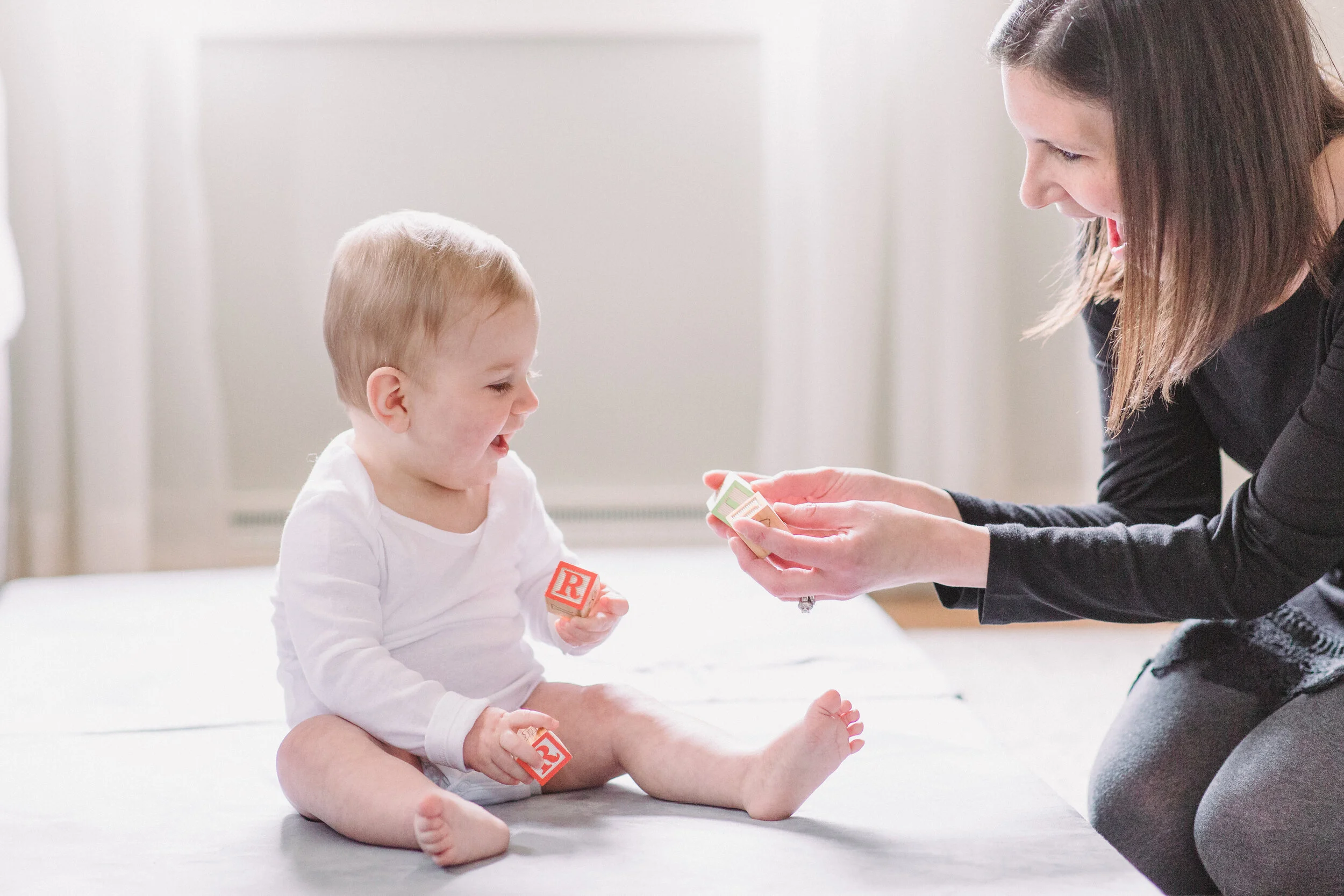Parents often hear that tummy time is important for babies but research supports that floor play is actually very important for every stage of baby’s motor development. That’s why we’re passionate about our “The Floor Builds the Core™” concept which states that a baby gets stronger and masters motor skills by learning how to move in and out of positions while they’re on the floor.
More info here on the movement science behind our “The Floor Builds the Core™” framework.










